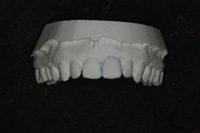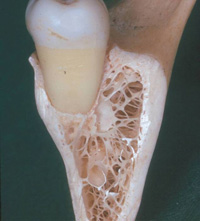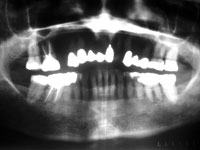Not so long ago, dental practices enjoyed long-term, loyal relationships with patients from their community. Today, dentists see more new patients every year. A significant portion of new patients can be attributed to changing insurance plans, networks, and providers. This is dramatically changing the patient-doctor relationship.
INCREASING COSTS, DECREASING COVERAGE, AND CHANGING PLANS
For practices that accept insurance assignments, it’s obvious something is happening in the medical and dental insurance industries. Overall insurance costs are skyrocketing, and employers are looking for ways to save money. This directly affects dental insurance, which typically is a component of a comprehensive healthcare insurance plan benefit.
In the 1980s, when managed care was introduced to general medicine and dentistry, indemnity plans set their maximums at approximately $1,000 for dental treatment. This was appropriate when a crown cost only $250. Most patients could receive treatment without being too concerned about exceeding the maximum. Now, crowns cost between $700 and $800. If a patient needs a root canal and a crown on one tooth, more than likely he or she will exceed the insurance maximum. Any other treatment that needs to be done will be at the patient’s direct expense. Even PPO and HMO plans are requiring patients to subsidize more of the cost than in past years.
NEW PATIENTS, NEW PATIENT NEEDS, AND NEW FINANCIAL POLICIES
When you are trying to evaluate how the changing insurance environment and increasing patient out-of-pocket expenses will affect the relationship a practice has with its patients, you need to consider the demand for dentistry and the distribution of disposable income. Certainly, if someone has a medical condition that requires him or her to pay for part or most of treatment, or costs for necessary pharmaceuticals increase, disposable income will be directed to these needs before dental needs are considered. Dental needs will be placed on the back burner. People will be more likely to live with a broken tooth longer in order to be able to afford their prescriptions.
THE CHANGING FINANCIAL RELATIONSHIP
The changing patient-doctor relationship in dentistry is affecting a practice’s ability to continue to offer billing as a financing solution. This means that when you provide dental services, especially on newer patients, it’s more important to get paid up front because you have no established payment history with the patients. Billing them is much too risky, and your investment is too high, because you can no longer be comfortable with how long you will retain that patient (as much as we dental professionals argue that it shouldn’t be like that). Today, because of the changing insurance environment and economy, it is like that.
CONCLUSION
With all the trends indicating an increasing patient out-of-pocket expense, the practice’s job is quite simple. Develop the most appropriate treatment plan for all patients. Then help patients accept treatment by providing them with a financial solution—an easy and convenient way to pay.
Dr. Malcmacher maintains a general and cosmetic private practice in Cleveland, Ohio. He is a researcher and consultant with Dentique, Inc, a dental product and management consulting firm. Dr. Malcmacher is a frequent contributor to the dental literature, an evaluator for Clinical Research Associates, a visiting lecturer at New York University School of Dentistry, and has served as a spokesperson for the Academy of General Dentistry. He is a consultant to the Council on Dental Practice of the American Dental Association. He can be reached at 27239 Wolf Rd, Bay Village, Ohio 44140; by phone at (440) 892-1810; by fax at (216) 321-5399; or by e-mail to dryowza@iname.com.










